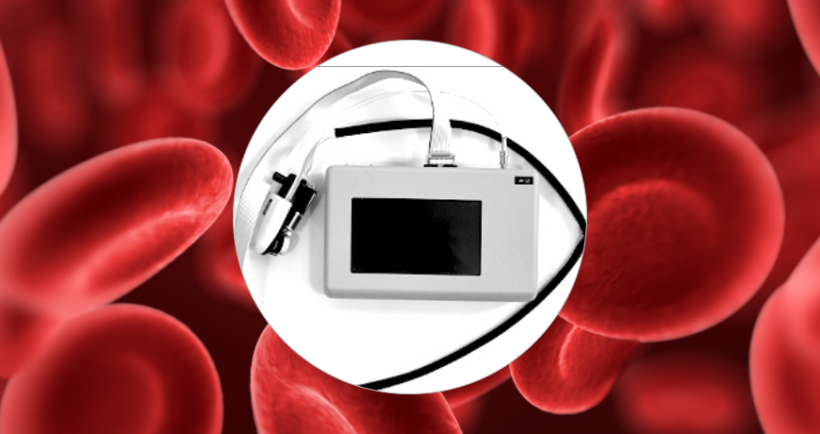NASA astronauts train for extra vehicular activities (EVA or space walks) by spending many hours under neutral buoyancy conditions in a swimming pool. They go through a decompression protocol after these training sessions to avoid the formation of nitrogen bubbles in the blood stream (these complications are commonly known as divers bends). Since the susceptibility to form bubbles varies from person to person, a device that can detect bubbles in the blood stream can be used to optimize the time spent in decompression thus saving a valuable resource (astronaut time).
NASA funded a Small Business Innovation Research (SBIR) project to GeneXpress Informatics (GXI) to develop a compact TransCranial Doppler (TCD) ultrasound system for bubble detection in the middle cerebral artery (the main artery for supplying blood to the brain). Indus Instruments worked as a subcontractor to GXI to develop a steerable 2MHz Doppler transducer complete with electronics and software.
The end result, demonstrated and delivered to NASA in 2008, is a very compact (6 x 4 x 1.5 inches) TCD with a color touch screen that shows real time Doppler spectrograms. The software-controlled steerable transducer is a novel implementation of our own design. Bubbles transiting through the ultrasound beam appear as bright streaks in the spectrogram and with further software development can be quantified. The technology has applications in neurology for emboli detection in stroke patients and monitoring in the operating room for the early detection of air leaks into the blood stream during some types of surgery.


